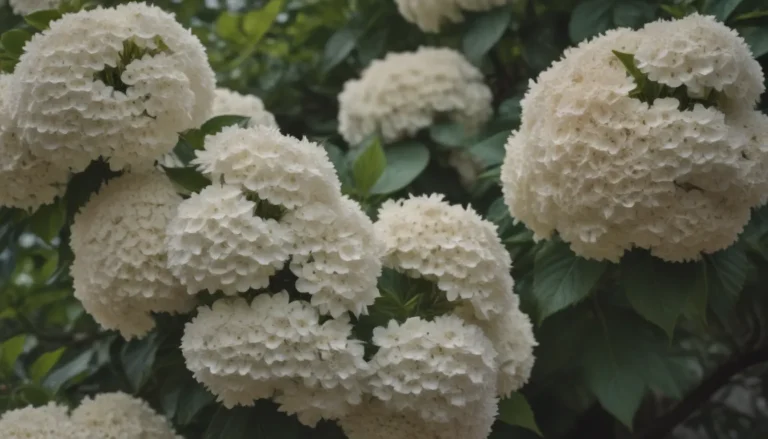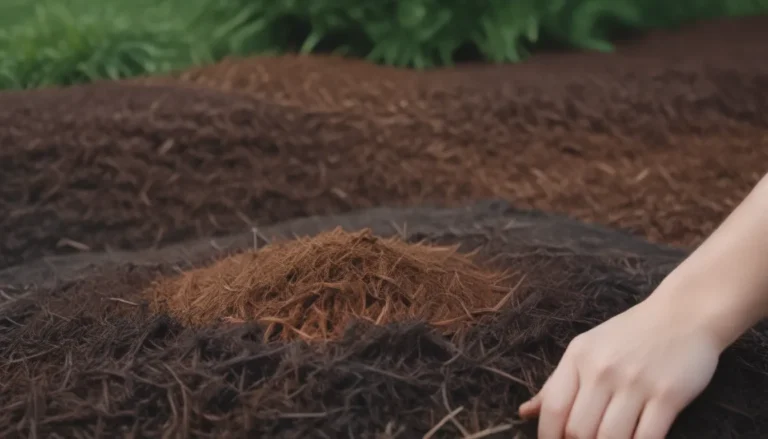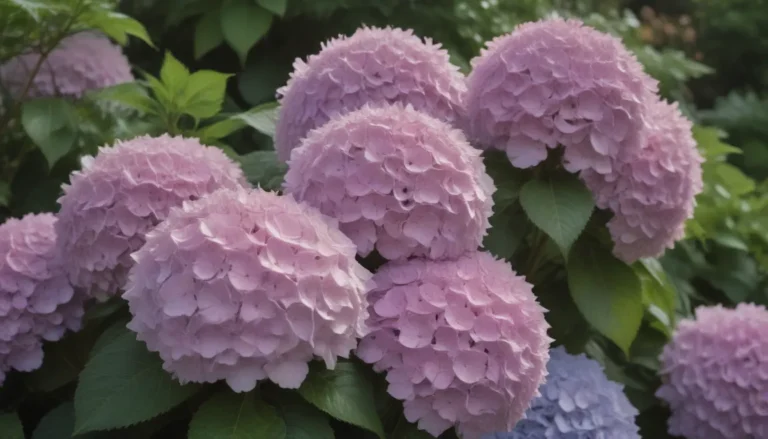A Comprehensive Guide to Growing and Caring for Calla Lilies

Calla lilies are stunning flowers that are highly coveted for special occasions like weddings and for adding beauty to home gardens. These graceful blooms come in a wide range of colors, from classic white and pale pink to striking burgundy, with newer hybrids available in vibrant shades like orange and black. Calla lilies are known for their longevity as cut flowers and are a popular choice for floral arrangements.
Planting Calla Lilies
When it comes to growing calla lilies, it’s best to plant them in the spring. These flowers tend to grow at a moderate pace, often blooming in early-to-mid-summer and continuing to flower throughout the season until early fall. Originally from Africa, calla lilies thrive in tropical climates and can sometimes become invasive, particularly in regions like Australia and California. It’s important to note that calla lilies are toxic to both humans and pets, with all parts of the plant being harmful if ingested.
Calla Lily Care Tips
Calla lilies are classified as tropical plants and are well-suited for outdoor growth in USDA hardiness zones 8 through 10. While they may die back in colder climates, they can still be grown as annuals. To ensure the health of your calla lilies, create an environment that mimics their natural habitat, including warmth, adequate light, and consistent moisture. Unlike true lilies, calla lilies grow from rhizomes, not bulbs, making them unique in their growth pattern.
Light Requirements
Calla lilies thrive in warm environments with abundant sunlight. If you live in an area with hot, humid summers, consider placing your calla lilies in partial shade to protect them from excessive heat. In cooler summer climates, these flowers can tolerate full sunlight without issue.
Soil Needs
It’s essential to plant calla lilies in rich, well-drained soil to promote healthy blooming. These plants thrive in moist conditions and can even grow successfully near ponds. However, be cautious not to overwater them, as this can lead to root rot. Enhance the nutritional content of your soil by adding organic matter before planting your calla lilies.
Watering Schedule
Once the rhizomes are established, water your calla lilies once a week or more frequently during hot or dry spells. If you’re growing calla lilies in pots indoors, ensure they receive constant moisture, as potted plants tend to dry out quicker than those planted in the ground.
Temperature and Humidity Preferences
Calla lilies prefer temperatures between 60 and 80 degrees Fahrenheit and thrive in humid conditions. When temperatures drop below 50 degrees Fahrenheit, the plants go into dormancy. To protect them from frost, dig up the rhizomes for overwintering before freezing temperatures occur.
Fertilizing Your Calla Lilies
Fertilize your calla lilies upon planting and at the start of each growing season to encourage robust flowering. Opt for a well-balanced fertilizer that is not nitrogen-heavy, as an excess of nitrogen can hinder flower production.
Types of Calla Lily
Standard calla lilies typically feature white flowers with a yellow spadix, known scientifically as Zantedeschia aethiopica. These varieties are the hardiest and largest of the calla lilies, with cultivars available in different colors and slightly smaller sizes. Some popular cultivars include:
– Zantedeschia ‘Edge of Night’
– Zantedeschia ‘Red Alert’
– Zantedeschia ‘Picasso’
– Zantedeschia ‘Sunshine’
Pruning and Propagating Calla Lilies
Routine pruning is not typically required for calla lilies, but you can remove wilted flower parts to maintain their appearance. Propagating calla lilies can be done by dividing the rhizomes or growing them from seeds. Rhizome-grown plants tend to flower sooner than those grown from seeds.
Growing Calla Lilies From Seeds
Planting calla lilies from seeds can take up to three years before they bloom. To get started, pre-germinate the seeds by placing them on a damp paper towel in a cool location. Once the seeds sprout, transfer them to a high-quality soilless medium in a well-draining pot. Monitor the seedlings for growth and remove any weaker shoots to promote healthy development.
Potting and Overwintering Calla Lilies
If your calla lilies become root-bound, it’s time to repot them into larger containers to encourage optimal growth. Terracotta pots are an excellent choice for calla lilies, as their porous nature promotes air circulation and prevents overwatering. In colder climates, dig up the rhizomes for overwintering to protect the plants from frost and fungal diseases.
Dealing With Pests and Diseases
Like any plant, calla lilies can be susceptible to pests and diseases, including bacterial soft rot and botrytis. To prevent fungal diseases, avoid overwatering and ensure proper spacing between plants for adequate air circulation. Treat pest infestations with mild insecticidal soaps or oils to keep your calla lilies healthy and thriving.
Troubleshooting Common Problems
While calla lilies are relatively easy to care for, they can experience issues if their growing conditions are not met. Here are some common problems and solutions:
– Brown Edges of Leaves: Excessive nitrogen in fertilizer can cause brown edges on leaves and inhibit blooming.
– Yellowing Leaves and Wilting: Inadequate watering or sunlight can lead to stunted growth and yellowed foliage.
– Drooping Stems and Flowers: Both underwatering and overfertilizing can cause plant droop; adjust watering to revive drooping stems.
By following these tips and guidelines, you can successfully grow and care for beautiful calla lilies in your home garden or special event arrangements. With proper attention to their specific needs, these elegant flowers will reward you with stunning blooms throughout the growing season. Remember to enjoy the process of nurturing your calla lilies and watch them flourish in their tropical-inspired environment.





